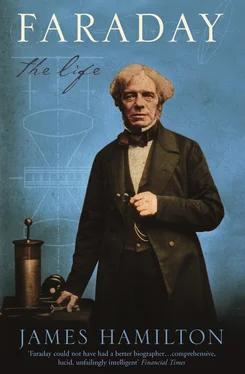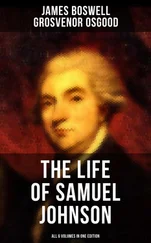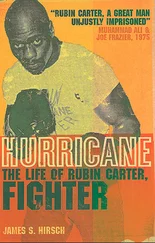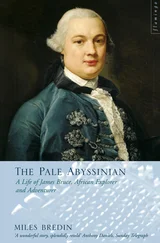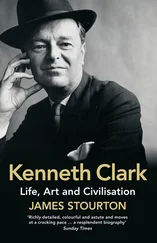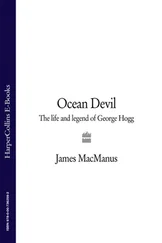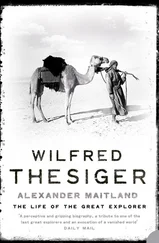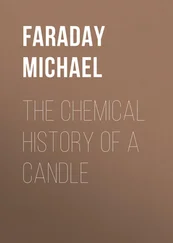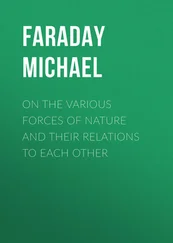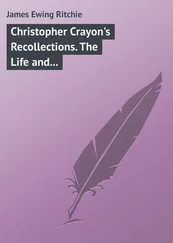Two contrasting influences on Faraday’s early life seem to have met with some force in Riebau’s shop: his family Sandemanianism encountered the Swedenborgian beliefs that found sympathy with Riebau. Emanuel Swedenborg (1688–1772) was a world-shaping genius who has been compared to Aristotle. In his earlier career in Sweden he was an eminent and highly influential scientist and inventor who wrote on chemistry, metallurgy, astronomy, natural history, geology and topics ranging wide across the landscape of natural philosophy. Then in middle life his inspiration changed direction, leading him to write profound religious works which created the philosophical foundation of a new church anticipating the second coming of Christ and the building of a New Jerusalem. 17His writings found fertile soil in England and subsequently America, but the point to be made here is that Swedenborg, who spent some of his latter years in London writing his religious philosophy, had demonstrated how one life could naturally integrate practical science with coherent religion. This would present a potent role model for any young man in the early nineteenth century whose passion for science had to negotiate a firm wall of religious dogma, and Swedenborgian thought may even have revealed to Faraday a doorway through it.
From the start, Michael was known at Riebau’s as ‘Faraday’, a formal courtesy that indicated his low status in the workshop. 18One of his first duties was to take newspapers round to Riebau’s clients early in the morning, and then, later in the day, to collect them again and take them on to somebody else. Thus did news circulate in London in the early nineteenth century. But Faraday was clearly too bright for this sort of work to satisfy him for long, and after a year or so Riebau offered him an apprenticeship as a bookbinder. His indentures were signed on 7 October 1805. 19Now he had seven years of hard work, training and extraordinary influences to look forward to, but security and companionship also, and prospects for the future. Thus his life slipped up a gear, and began to look encouraging, at exactly the same time as the outlook for the nation began to brighten when news of Nelson’s victory at Trafalgar on 21 October began to circulate in London by the hands of errand newsboys.
Faraday became a skilful bookbinder under Riebau’s tutelage. He learned how to trim the piles of pages sent by the printer, fold them into signatures with a folding stick and beat the folds to make them smooth and open cleanly. Then he learned how to sew the gathered signatures on to their bands – six or seven to a folio book, five to a quarto – and how to flick vermilion and sap-green pigment from a brush in a regular random pattern on the page edges. The covers came next – Riebau taught him how to cut the hides that lay in piles in the yard, and to choose the parts of the leather that were best suited for covering book boards. Faraday learned, too, how to boil wheat flour to make the glue to stick the leather to the board, and how to shave and drill the boards to fit the page bundles. The smells and sounds of the workshop entranced him, so did the tools and paraphernalia, and the heavy wooden benches, worn, bumped and rilled by years of banging and rubbing by bookbinders. The final duty to every well-bound book was to glaze its cover with two coats of beaten white of egg, polish it with a polishing iron passed hot over the glazed cover, and stamp the letters of the title in gold leaf on the spine. 20
From the beginning of the apprenticeship Riebau spotted something extraordinary in Faraday – his eagerness, his fascination with the books that came for binding, his keenness to study them rather than to treat them merely as bundles of paper to be sewn. Perhaps because of this Riebau gave Faraday just that bit more encouragement than he might give to other apprentices, and gave him too some practical opportunities to follow the directions that his intellect took him. Riebau would have noticed Faraday’s exceptional physical dexterity, the nimbleness of his fingers, how he could ‘strike 1000 blows in succession [with a hammer] without resting’, and his respect for these qualities grew early in their years together. 21By the end of the apprenticeship Riebau was convinced that he had been the master of a genius, and told others so in an ‘account of the Progress of Genius in an Apprentice’, which he wrote for publication. 22
Faraday read what he was binding, and having the third volume of the Encyclopaedia Britannica come into his hands, was fired with enthusiasm by the ‘Electricity” article. This was no secret from Riebau, who encouraged him to make electrical instruments, and gave him the time and the space in the back of the shop to do so. Faraday read Lavoisier’s seminal treatise Elements of Chemistry, first published in English in 1790, and Conversations in Chemistry by Jane Marcet also came in for binding. With jars and cooking pots Faraday followed the experiments described by that popular author, who wrote particularly for the young. Marcet was widely admired in literary and scientific society. The writer Maria Edgeworth described her as someone ‘who had so much accurate information and who can give it out in narrative so clearly, so much for the pleasure and benefit of others without the least ostentation or mock humility’. 23Many years later Faraday recalled the impact that Jane Marcet’s writing on chemistry had had on him: ‘[it] gave me my foundation in that science … her book came to me as the full light in my mind’. 24
Books were sold without covers in the early nineteenth century, and there was such a flow of material for binding through Riebau’s workshop that Faraday could not have been better placed. He read Ali Baba, saw Hogarth’s engravings, 25studied landscape engravings, portrait prints and satirical engravings by Gillray and Rowlandson. The Repository of Arts journal passed through his hands, as did the Dictionary of Arts and Sciences. These are some of the few titles that we know he handled: to skip forward a hundred years, it must have been like sitting in the British Museum Reading Room with the whole world of literature passing book by book, day by day, past your eyes. Riebau encouraged him to copy from the books, text and illustrations, and he would settle down to do this at the end of the day when his fellow apprentices went off to mess around: ‘I was a very lively, imaginative person,’ he would later write, ‘and could believe in the Arabian Nights as easily as in the Encyclopedia. But facts were important and saved me. I could trust a fact, but always cross-examined an assertion.’ 26
Riebau also encouraged Faraday to travel about London to see machinery in action, such as at the new pumping stations at Holloway and Hammersmith, where steam engines had been installed, and to see extraordinary feats of construction such as the Highgate Archway. He urged him to look at works of art on exhibition at the Royal Academy at Somerset House or the British Institution in Pall Mall, and asked customers if they would do him the favour of allowing the young man to see works of art in their private collections.
Among Riebau’s customers were some of the leading artists of London. One was the miniature painter Richard Cosway, a Swedenborgian who dabbled in alchemy, mysticism and mesmerism; 27another was the architect and artist George Dance the Younger; both were art collectors and may reasonably have been among those whose collections Riebau wanted Faraday to see. The Dance family, sons and grandsons of the architect and Surveyor to the Corporation of London George Dance the Elder, had an extended family tradition and made their own influential careers variously in the creative and performing arts. George Dance the Younger was the fifth and last of the sons, his father’s pupil who became a highly influential architect and Professor of Architecture at the Royal Academy. Among the younger George Dance’s buildings were Newgate Prison, Lord Lansdowne’s Library in Berkeley Square and the Ionic portico of the College of Surgeons in Lincoln’s Inn Fields. Having spent some years in Rome as a young man, Dance the Younger was well versed in the form and function of classical architecture, and interpreted it in his own buildings. George and the other Dances, all men of some power and influence, were variously Proprietors or Life Subscribers to the new Royal Institution in Albemarle Street.
Читать дальше
